This morning’s stop was at Durnstein, a historic village sitting below the ruins of Durnstein castle. The castle history includes the imprisonment of King Richard the Lionheart of England during the Third Crusade. Susie was not feeling well this morning, so I walked up the hill into the town. The narrow streets contain the usual shops selling souvenirs and local products, wine being one of them. Tourists walking on these streets have to be careful because there are no sidewalks, and you share the street with cars.
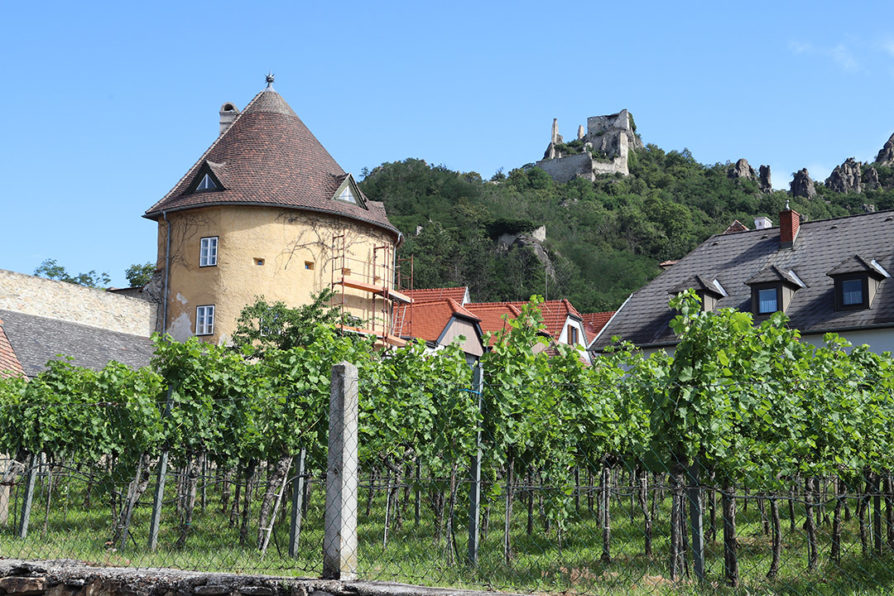
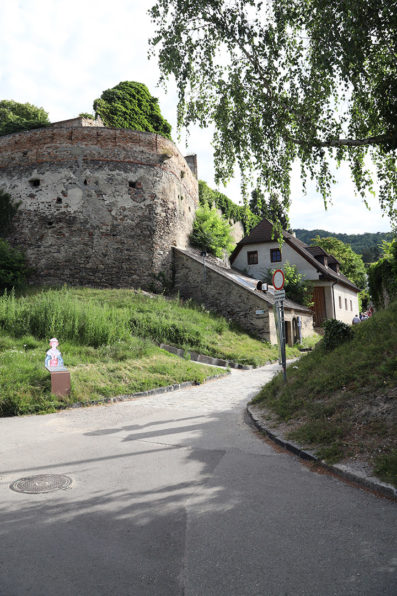
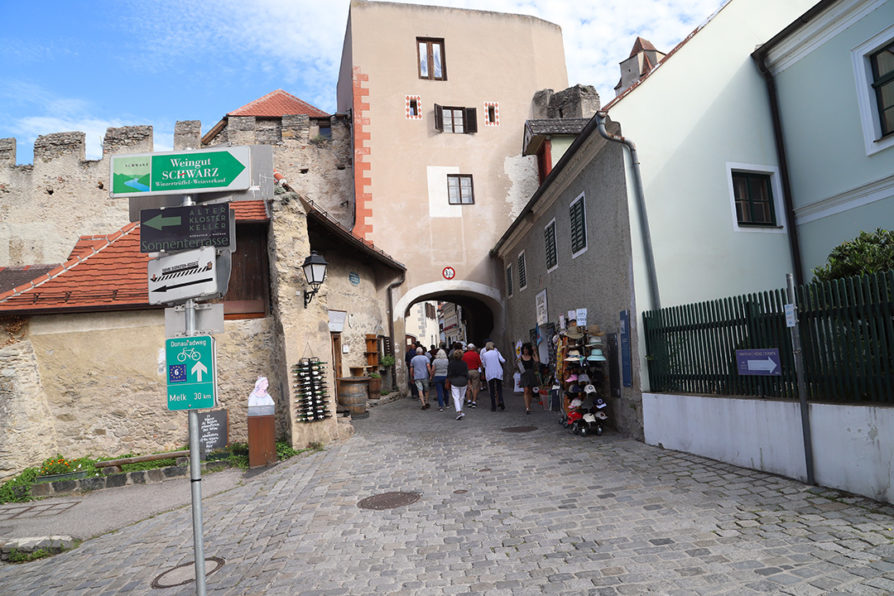
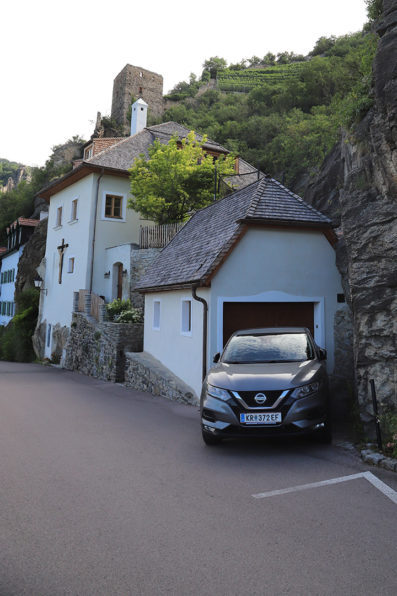
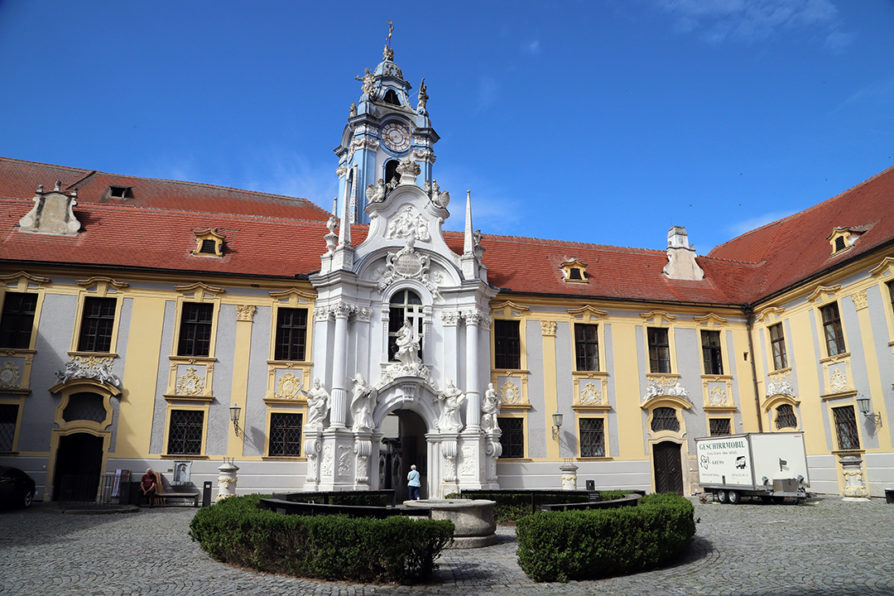
We continued up the Danube along the Wachau Valley to Melk for a tour of the Melk Abbey. Lining the Danube in this stretch a number of interesting towns and many vineyards. We didn’t have any time to go the town of Melk. The main attraction is the Abbey. As in some of the other palaces and abbeys, the Melk Abbey is considered to be a museum and therefore does not allow photography. The link to the Abbey, above provides some pictures of the interior.
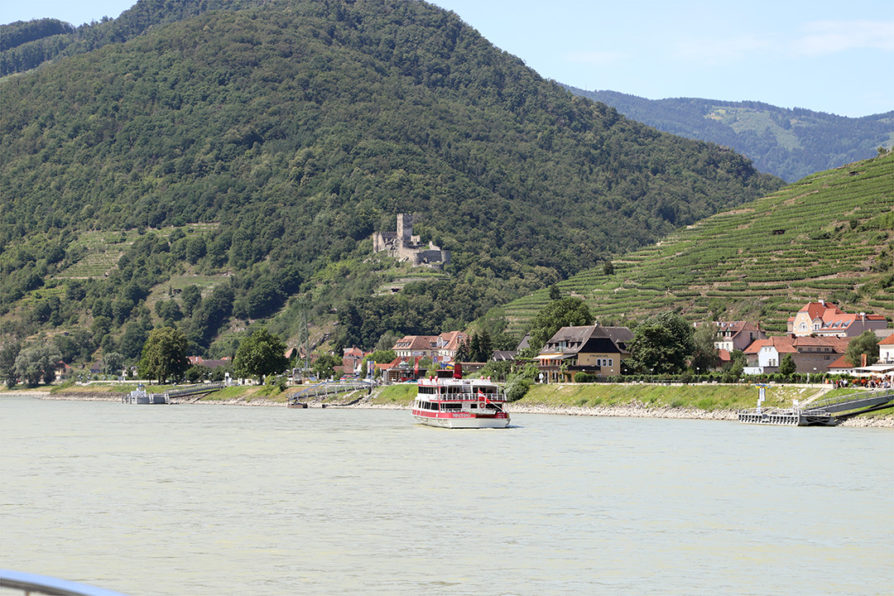
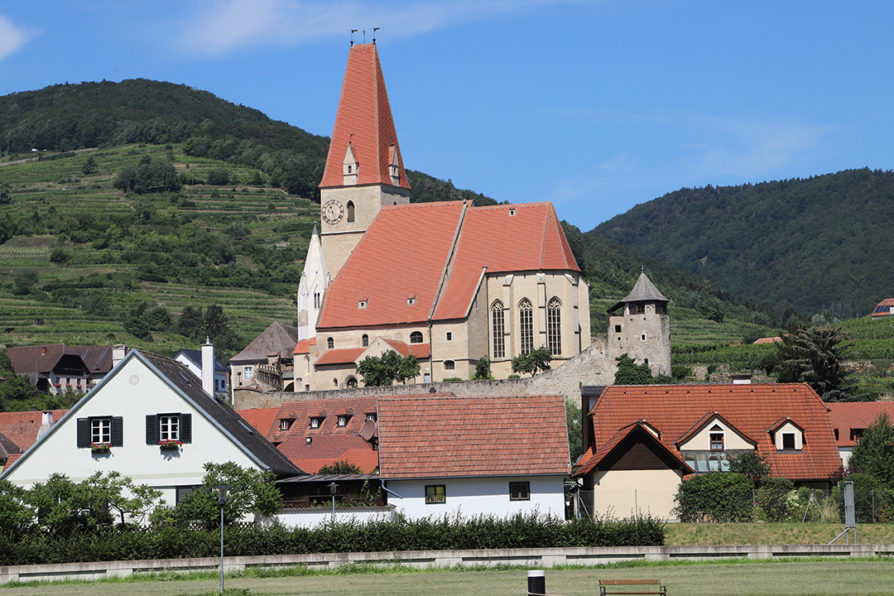
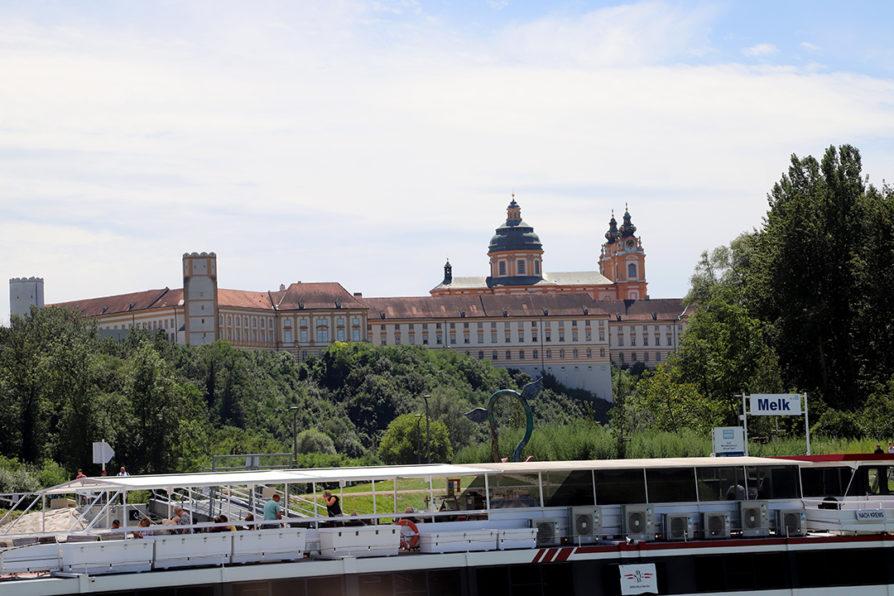
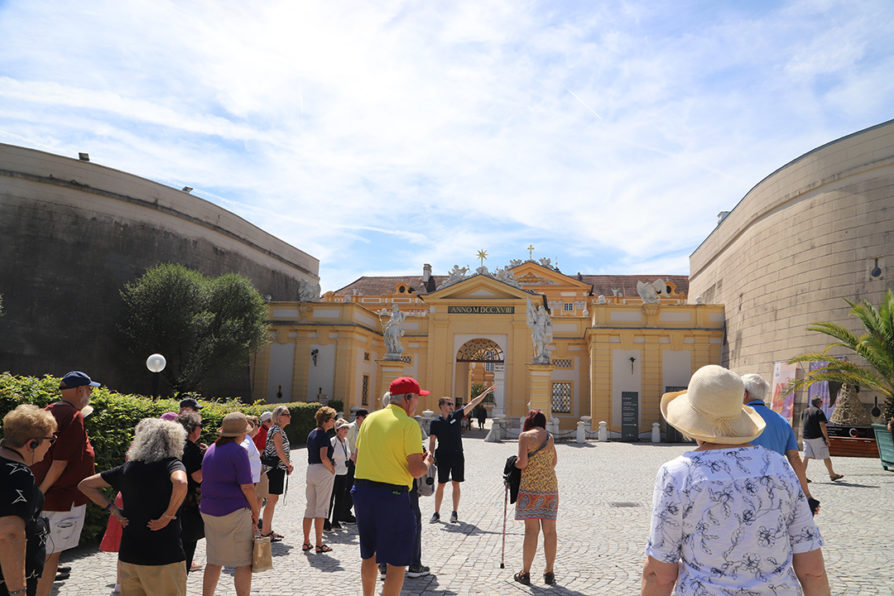
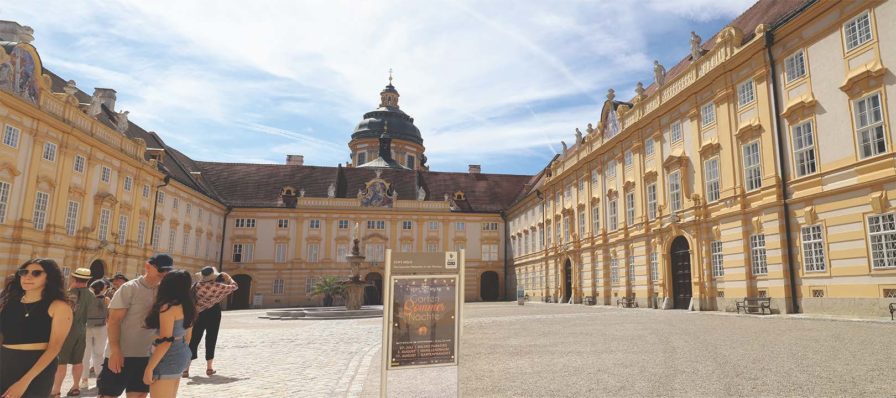
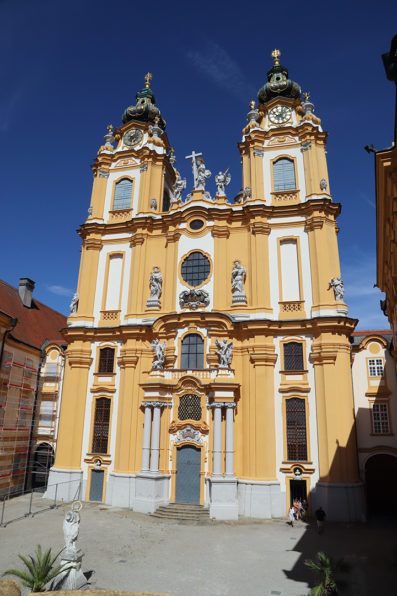
After we left Melk, we were advised that the cruise was canceled because of low water in the next stretch of the Danube. The ship’s Captain had been monitoring the levels on a regular basis. The draught plaguing western and central Europe has caused the levels to drop quickly. The Esprit is a relatively small river cruise ship. We were not the only ones that have to cancel or modify their trip.